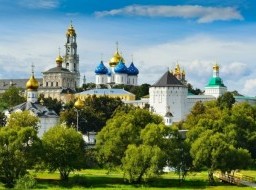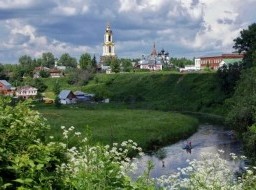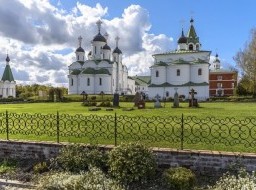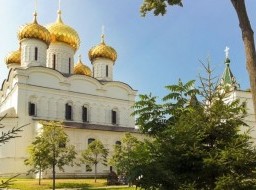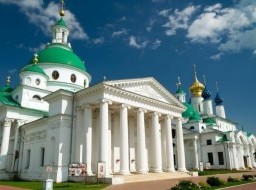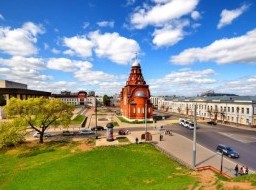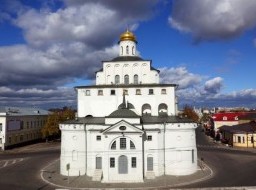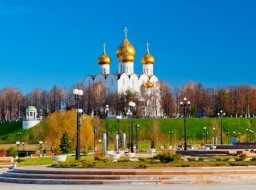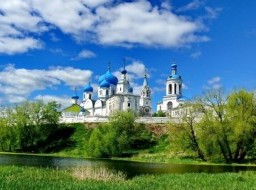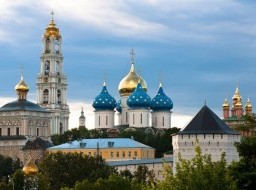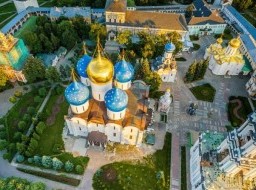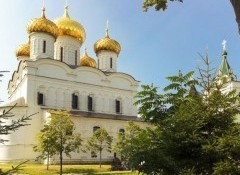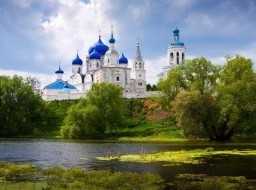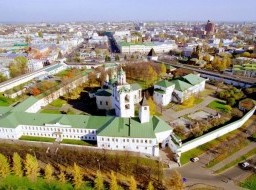Uglich
Uglich is one of the oldest and most fascinating cities of central Russia. Being fifth largest town of Yaroslavl Region, Uglich is a combination of the charm of a small Volga town and the treasures of Russian cultural heritage and traditions. It is famous for being a cradle of the Romanovs, Russian Royal family, and a crypt of the Ruricks, old dynasty of Russian princes. Uglich is the oldest town on the Volga. Local chronicles say that it was founded in 937 by Yan Pleskovich, a kinsman of Olga, Princess of Kiev. Uglich was founded in 937. Yan Pleskovich, an ambassador of the Kiev’s Great Prince, arrived there for population census and collecting tribute. Uglich had been the seat of a small princedom from 1218 until 1328 when the local princes sold their rights to the great prince of Moscow. Grand Duke Ivan III of Moscow gave the town to his younger brother Andrey Bolshoy in 1462. During Andrey's reign, the town was expanded and first stone buildings were constructed. Particularly notable were the cathedral (rebuilt in 1713), the Intercession Monastery (destroyed by the Bolsheviks) and the red-brick palace of the prince (completed in 1481 and still standing). During the reign of Ivan the Terrible, the town passed to his only brother, Yury. Local inhabitants helped the Tsar capture Kazan by building a wooden fortress which was transported by the Volga all the way to Kazan. Throughout the XVI century, Uglich prospered both politically and economically. In the first third of the XVIII century the Kremlin cathedral and its remarkable Bell-tower were demolished and rebuilt. Other XVIII century landmarks include the Smolenskaya, Korsunskaya, Kazanskaya and Bogoyavlenskaya churches. 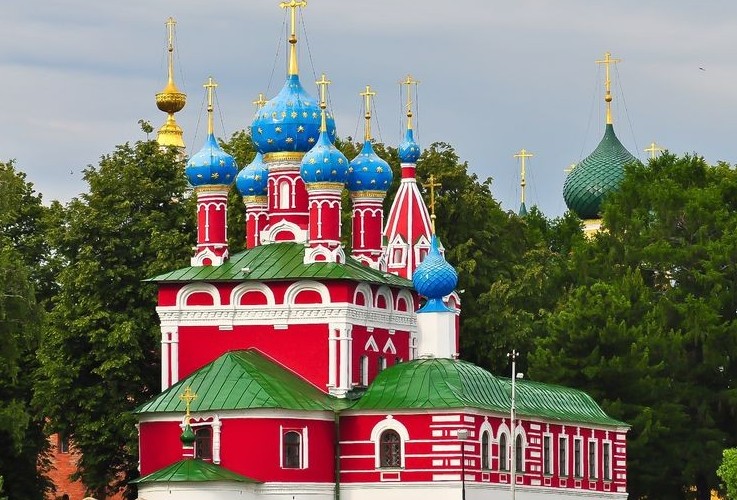 Church of St Demetrius on the Spilled Blood Uglich ’s renaissance started between XVII and XVIII centuries, during the reign of Ekaterina II, who made the town the central town of the district. In 1784 the government approved a general plan of civil engineering, which introduced new straight streets instead of old and twisting ones. The most important edifice of the XIX century is the ponderous cathedral of the Theophany Convent, consecrated in 1853.
The town welcomed various crafts and industries, such as blacksmithing, flax weaving, sartorial craft and shoemaking. The town manufacturers produced fabric and paper, as well as leather, which was well-known for its quality. However, the most famous products of Uglich were sausage and cheese, which were delivered to Moscow and Saint Petersburg to please stomachs of capital dwellers. XX century brought significant changes to the town, such as building a hydro-electric power station, flood-gates and water storage basin, not to forget about building a factory, producing accurate industrial stones and finally developing into Uglich watch plant. Uglich territories are rich in historical and cultural monuments. The Kremlin is a historical and architectural nucleus of the ancient town. The oldest structure of the Kremlin ensemble- a chamber of the palace of apanage princes of Uglich is a part of the vast palace complex erected by Prince Andrei Bolshoi in the 80s of the XV century. The Kremlin buildings house the Uglich museum. It was founded in 1892 in a newly restored chamber of the princes’ palace. The Uglich museum is one of the oldest museums in Russia. The museum’s collection includes a large number of unique exhibits, especially the collection of ancient Russian art. Provincial portraits of the museum’s collection are of both artistic and ethnographic significance. |

